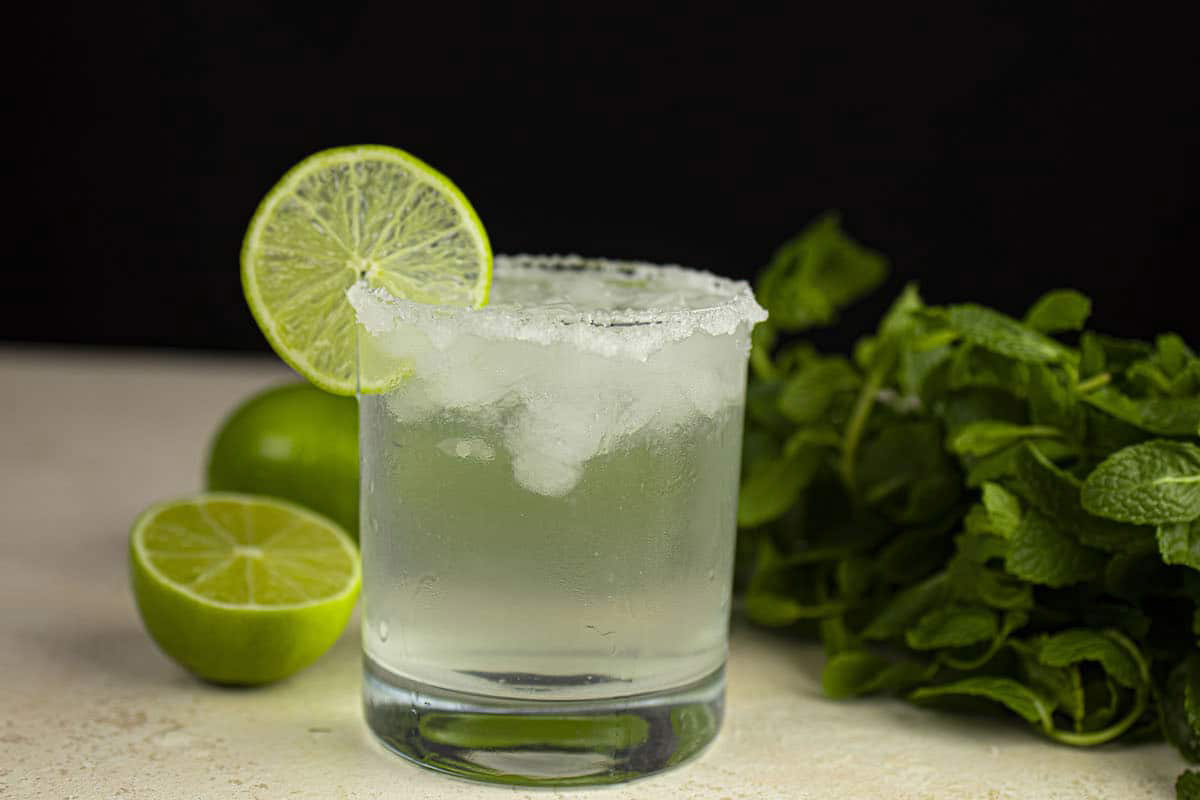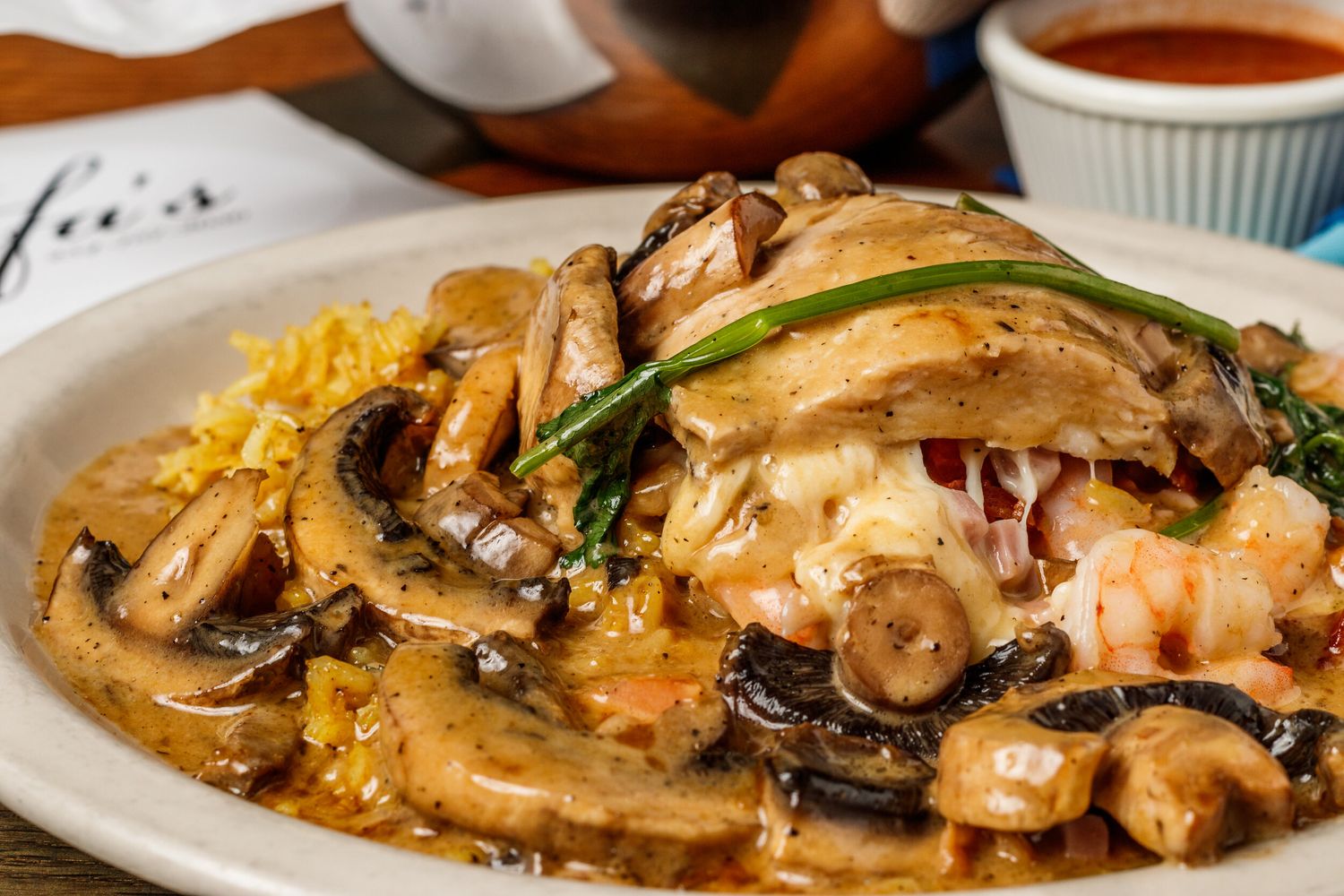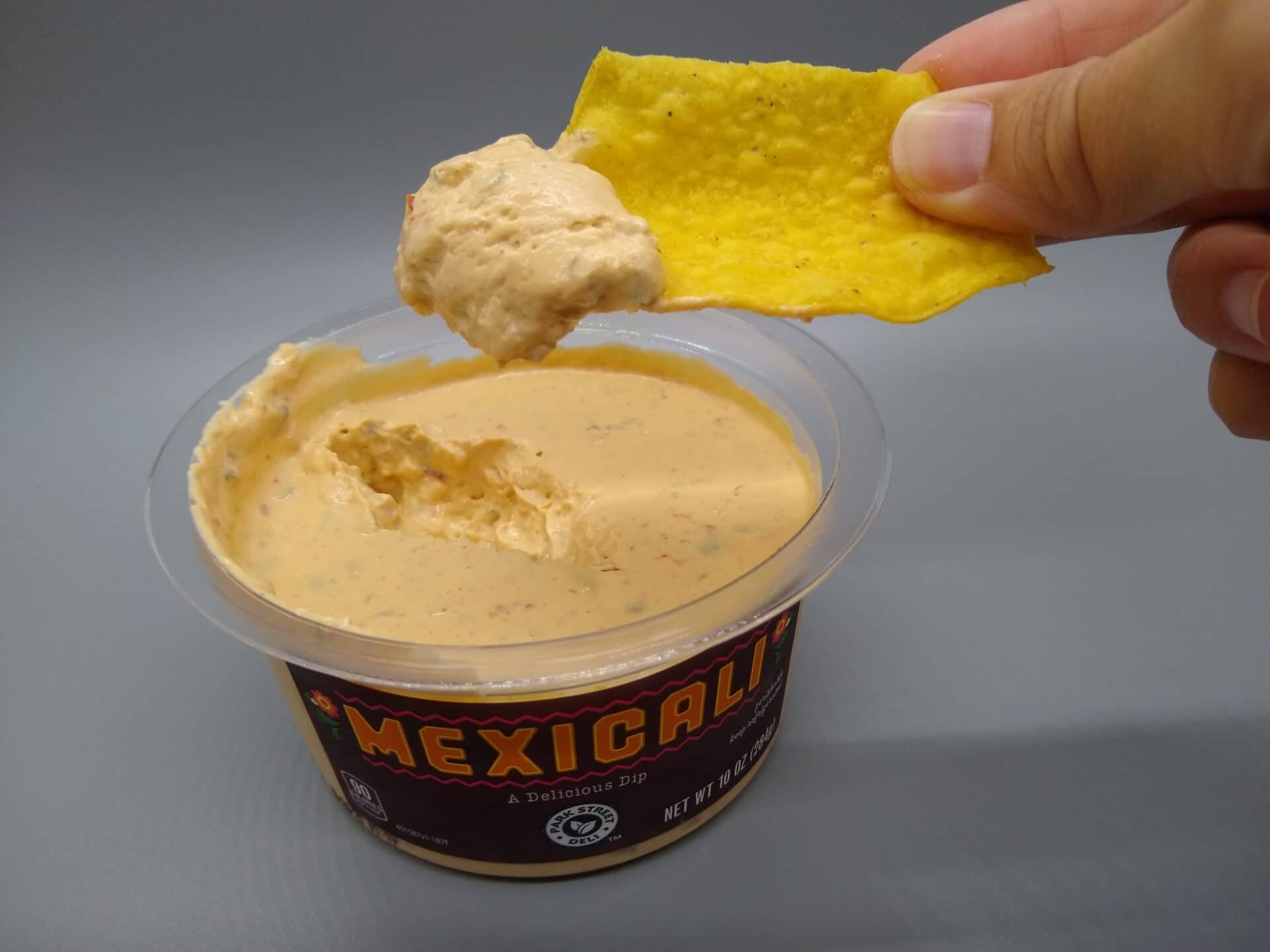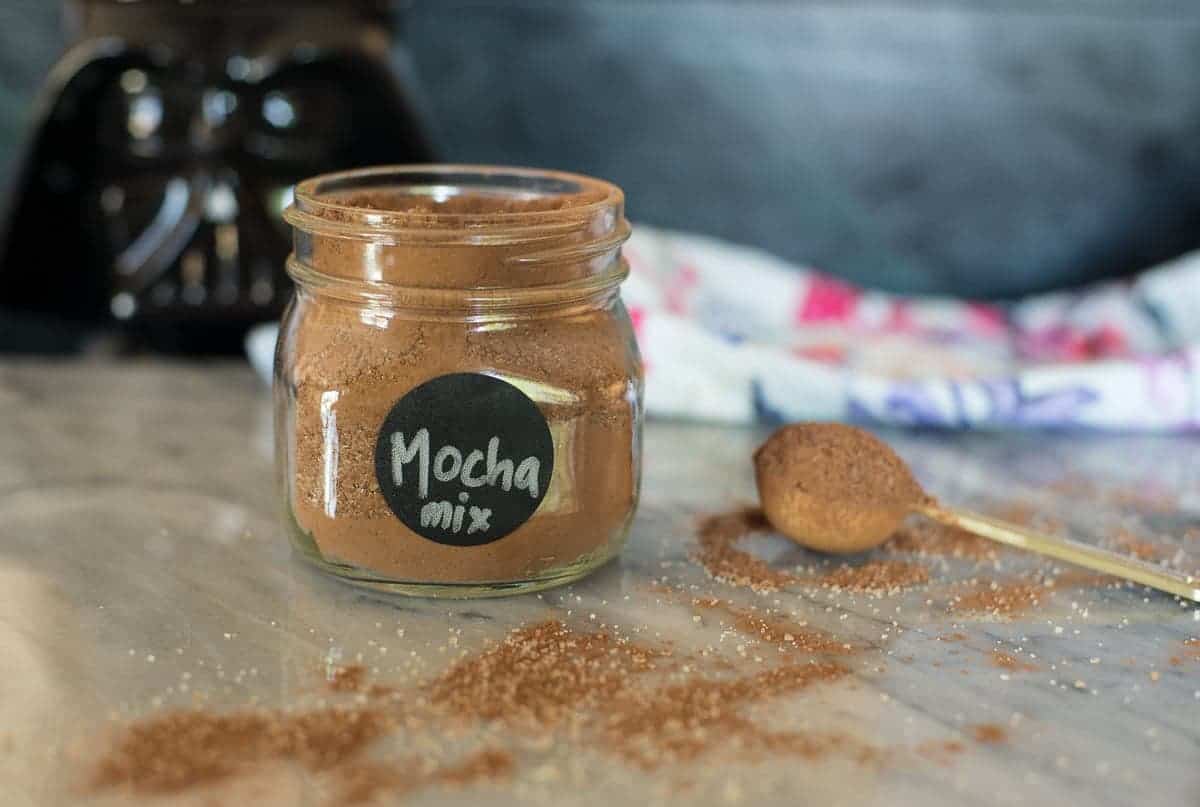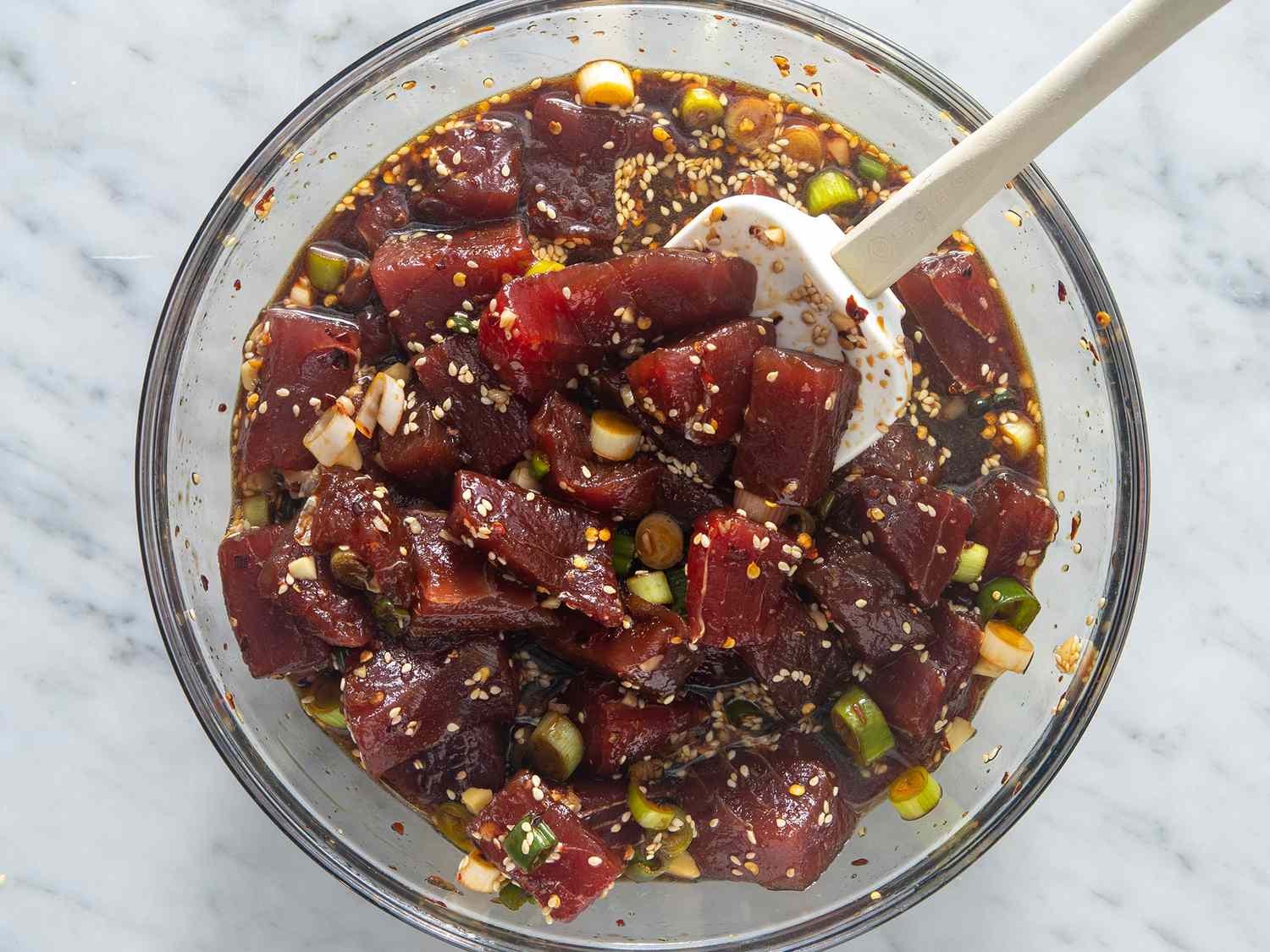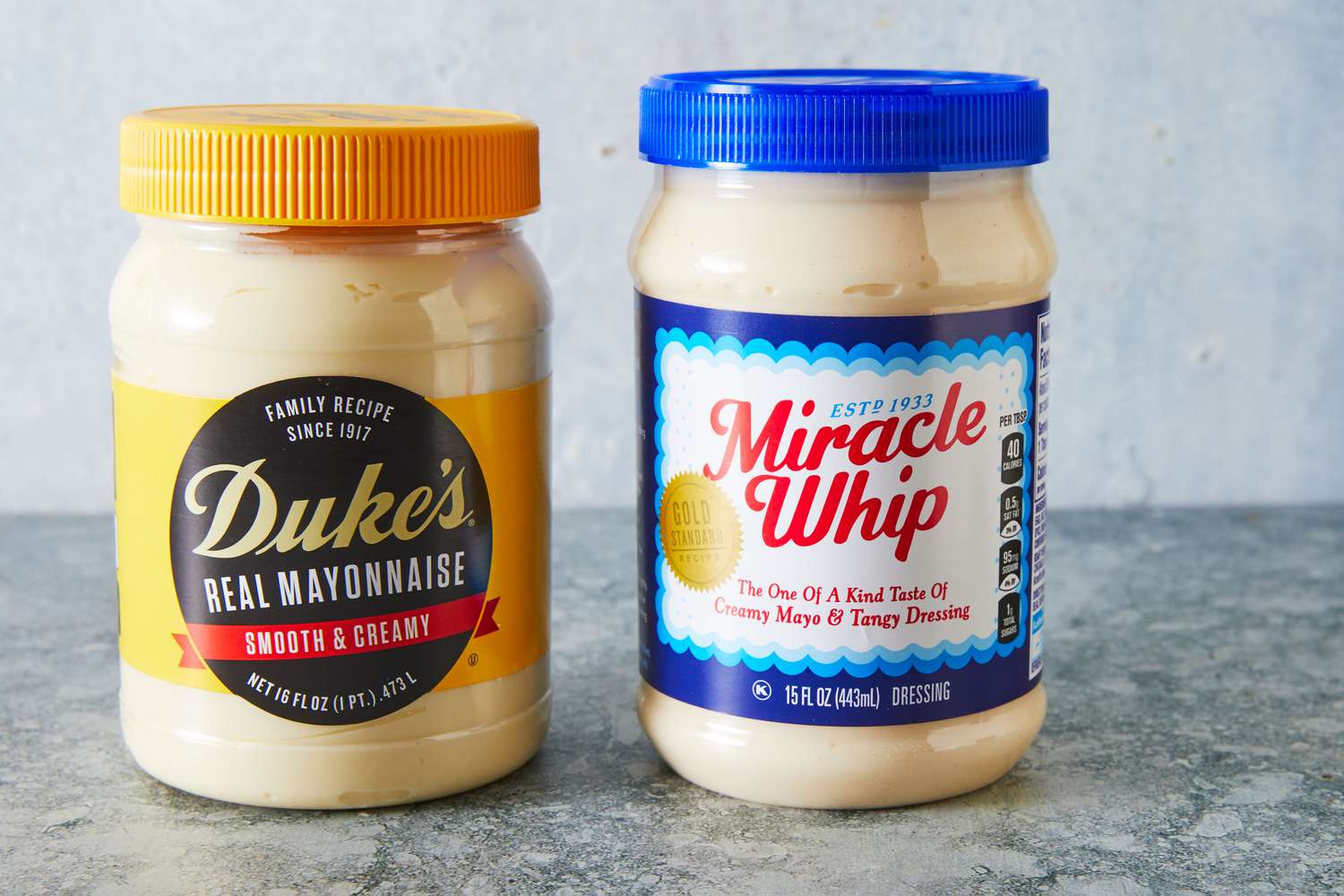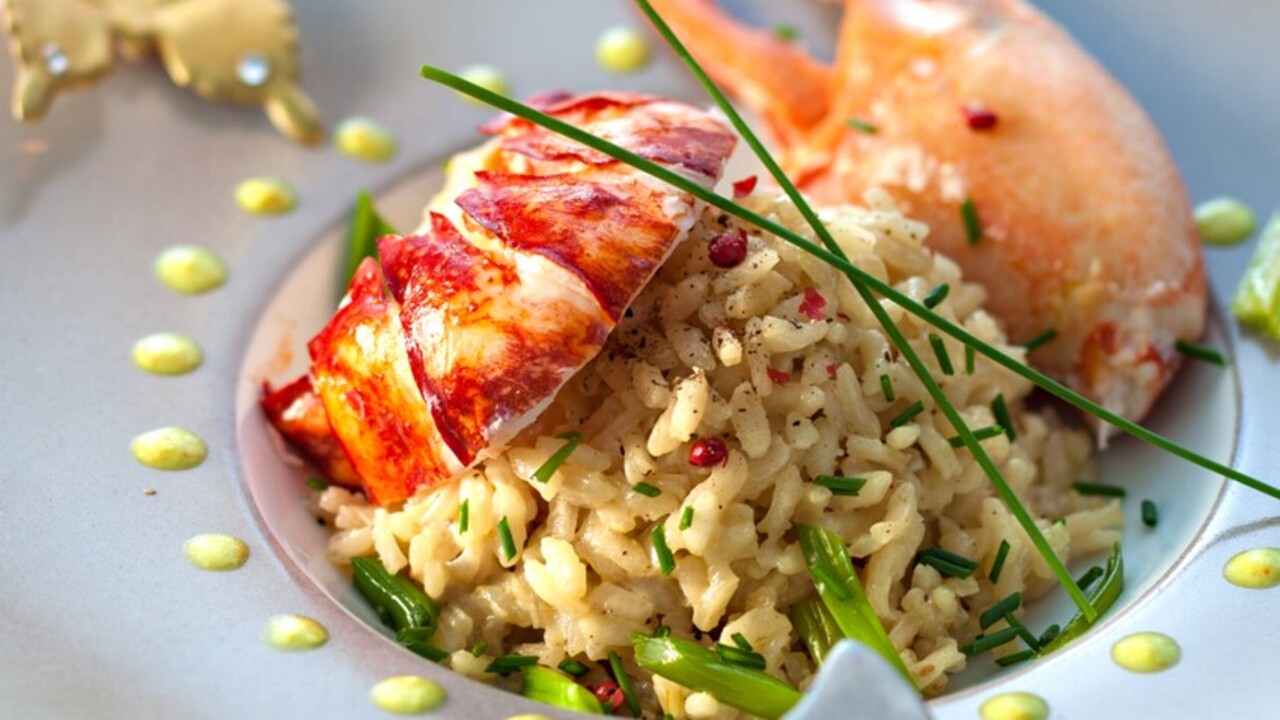When it comes to seasoning our food, salt is a staple ingredient found in almost every kitchen around the world. But did you know that not all salt is created equal? There are various types of salt available, each with its own unique flavor profile and price tag. In this article, we'll explore the world of expensive salt and uncover the most luxurious options available.
The Most Expensive Salt in the World
-
Fleur de Sel: This exquisite salt is often considered one of the most expensive varieties in the world. It is hand-harvested from salt marshes and is known for its delicate flavor and light, flaky texture. Fleur de Sel is often referred to as the "caviar of salts" and is prized by chefs and food enthusiasts for its subtle briny taste.
-
Himalayan Pink Salt: Mined from the Khewra Salt Mine in Pakistan, Himalayan pink salt is revered for its beautiful pink hue and unique mineral composition. This salt is often used as a finishing salt and is believed to contain trace elements that are beneficial for health. Its distinct flavor and striking appearance contribute to its high price tag.
-
Amethyst Bamboo Salt: Originating from Korea, amethyst bamboo salt is created through a meticulous process that involves roasting sea salt in bamboo cylinders lined with 3-year-old bamboo stalks. This rare and expensive salt is believed to have medicinal properties and is often used in traditional Korean cuisine and holistic medicine practices.
Factors Influencing the Cost of Salt
Several factors contribute to the high price of certain types of salt:
-
Harvesting Method: Hand-harvested salts, such as Fleur de Sel, require intensive labor and meticulous attention to detail, making them more costly to produce.
-
Mineral Content: Some salts, like Himalayan pink salt, boast a rich mineral profile, which can influence their price and perceived value.
-
Cultural Significance: Certain salts hold cultural and historical significance, leading to a higher price due to their rarity and traditional production methods.
The Appeal of Expensive Salt
So, why would anyone be willing to pay a premium for salt? The answer lies in the unique characteristics and flavors that expensive salts offer. These salts are often used sparingly as finishing touches on dishes to enhance their flavors and add a touch of luxury to culinary creations. Additionally, the story behind each salt, including its origin and production process, adds to its allure and desirability.
Incorporating Expensive Salt into Your Culinary Adventures
While expensive salts may not be an everyday pantry staple for most people, incorporating them into your culinary repertoire can elevate your cooking to new heights. A sprinkle of Fleur de Sel on a chocolate dessert, a pinch of Himalayan pink salt on a seared steak, or a dash of amethyst bamboo salt in a savory dish can add a layer of complexity and sophistication to your creations.
Conclusion
In the world of culinary indulgence, expensive salt holds a special place, offering unique flavors, textures, and stories that captivate the senses and elevate the dining experience. While these salts may come with a hefty price tag, their ability to transform ordinary dishes into extraordinary culinary delights makes them a coveted ingredient for chefs and food enthusiasts alike. Whether you're exploring the delicate nuances of Fleur de Sel or savoring the mineral-rich complexity of Himalayan pink salt, the world of expensive salt invites us to savor the finer things in life, one grain at a time.
Was this page helpful?
Read Next: What Is Marechiara Sauce

